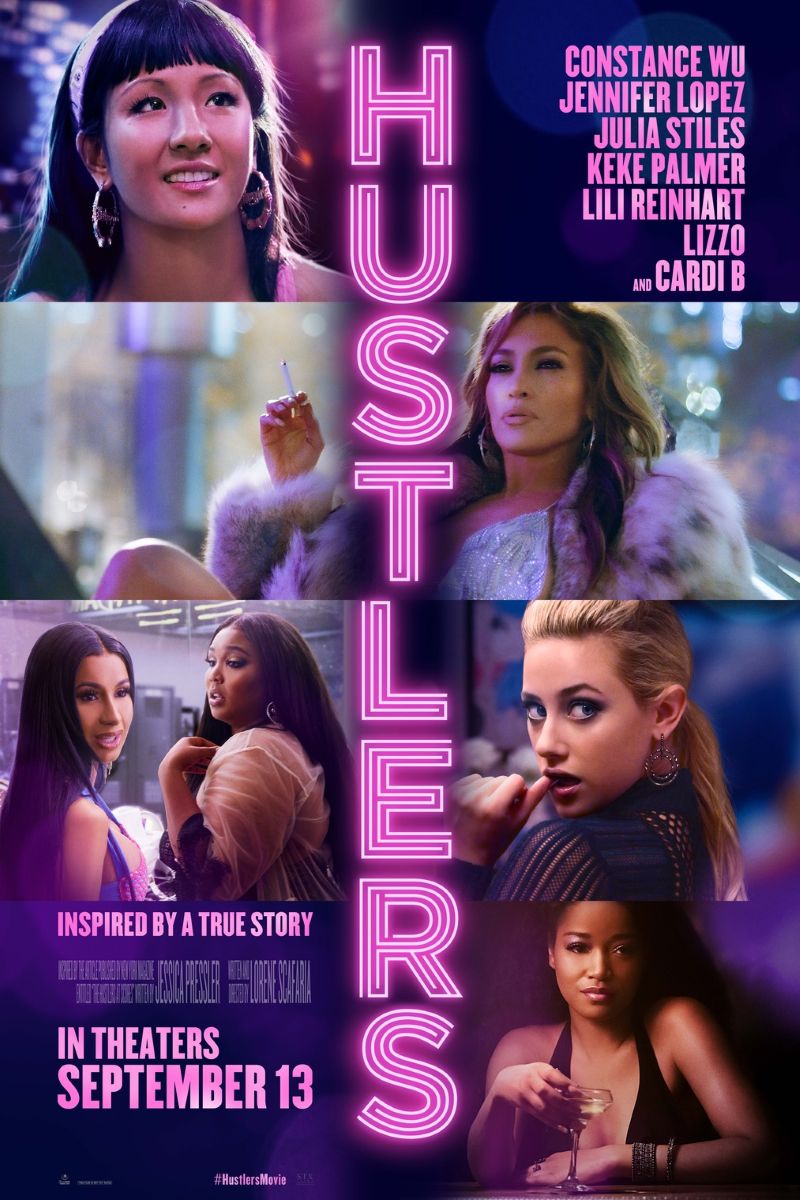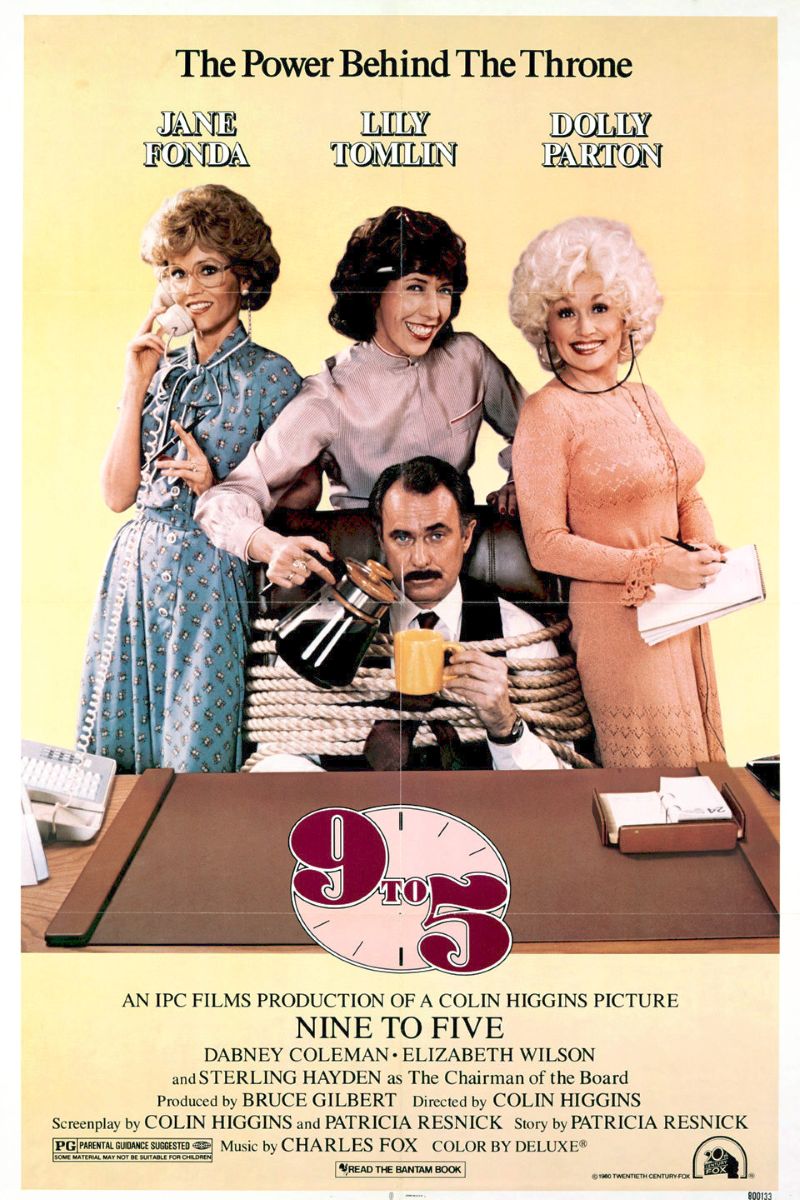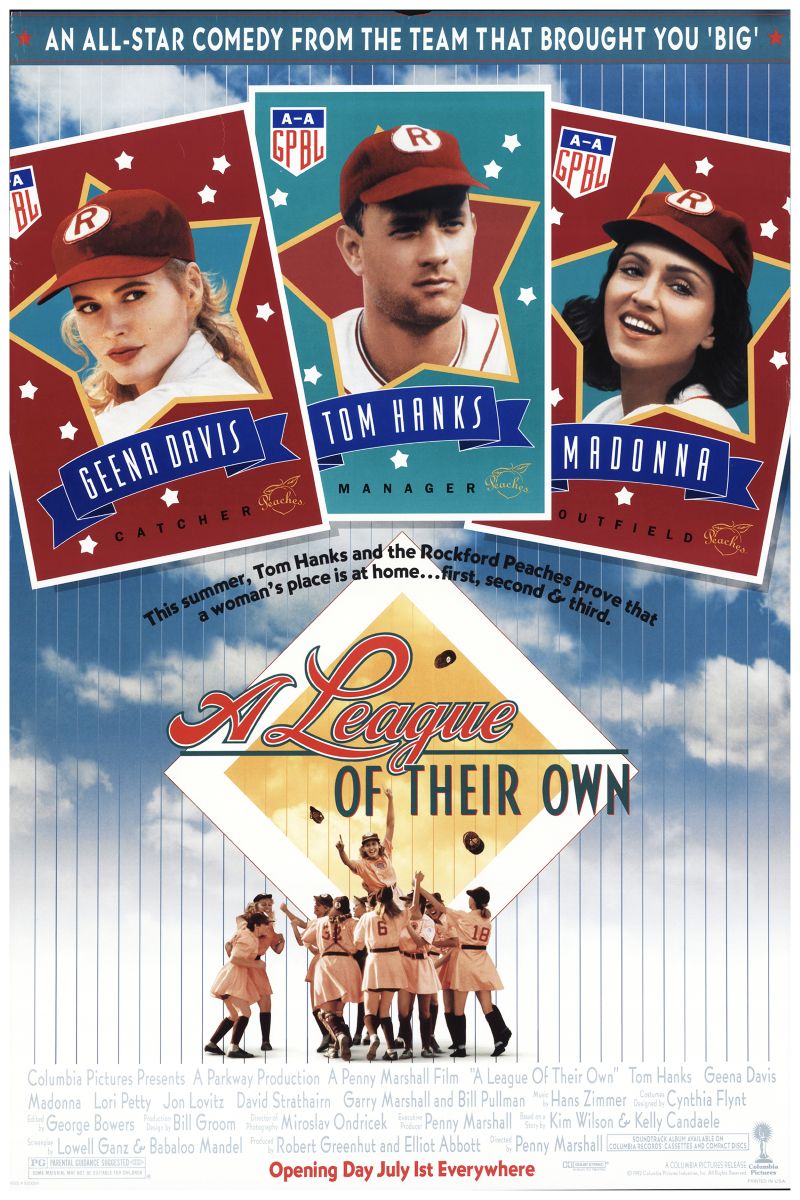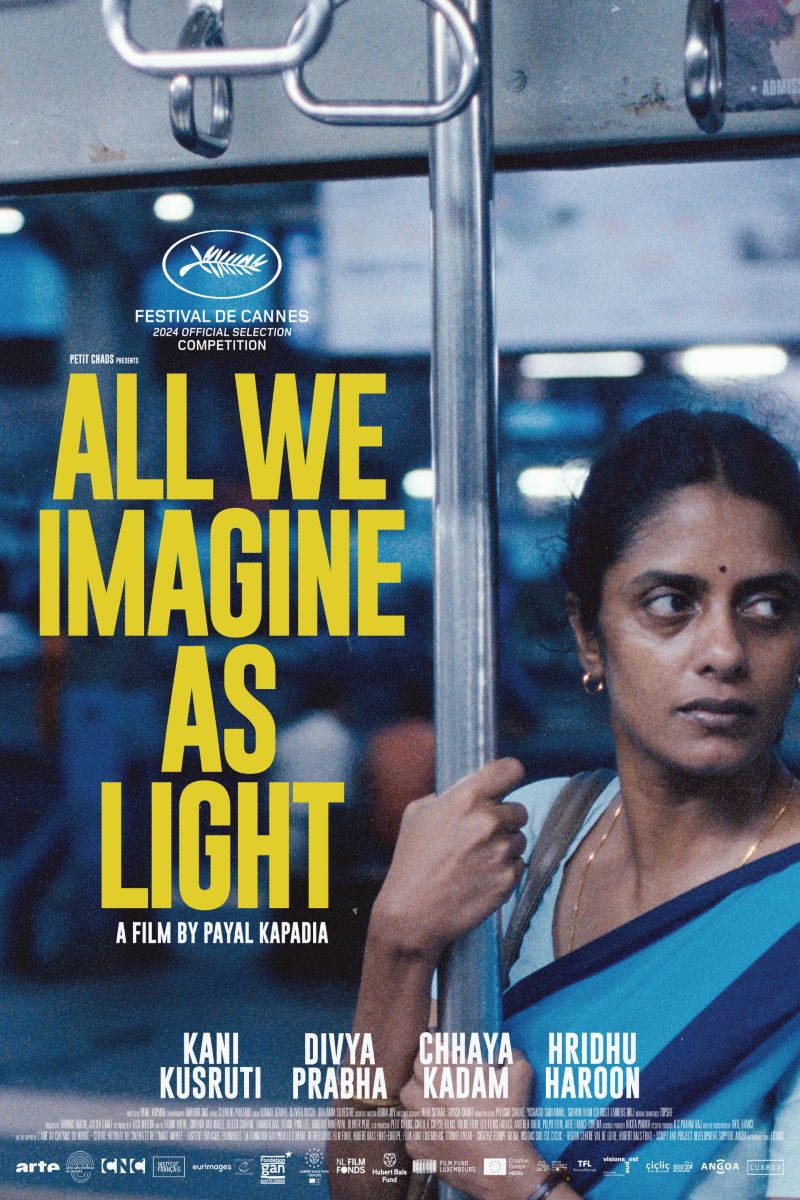
Hustlers
Hustlers
A crime comedy-drama directed by Lorene Scafaria, starring Jennifer Lopez and Constance Wu. Based on true events, following a group of strippers who band together to scam wealthy Wall Street clients after the 2008 financial crisis. The film deeply explores crucial issues including class revenge, female solidarity, economic inequality, sex worker rights, and the impact of the 2008 financial crisis on working-class women, presenting a complex story of how marginalized women seek survival and fight back in economic hardship.
Cast
Related Topics
🎥 Film Analysis & Review
Hustlers represents director Lorene Scafaria’s masterwork adapted from true events, a film that uses the 2008 financial crisis as backdrop to deeply reveal American society’s class contradictions, gender inequality, and economic exploitation through the story of a group of strippers who band together to scam Wall Street elites. Jennifer Lopez’s Ramona and Constance Wu’s Destiny represent two generations of women’s different coping strategies in economic hardship; their friendship and collaboration not only showcase personal relationships but symbolize marginalized women’s collective resistance against elite exploitation.
From a class analysis perspective, Hustlers’ most important contribution lies in its sharp presentation of class relations after the 2008 financial crisis. The crisis’s perpetrators were Wall Street bankers and investment managers, but those bearing the greatest losses were working-class people, particularly marginalized female groups like strippers. The film shows how these women lost clients and saw income plummet during economic recession while the Wall Street elites who caused the crisis continued living luxurious lives. Although Ramona and others’ scamming behavior constitutes crime legally, it can be viewed morally as retaliation and revenge against an unjust economic system.
Jennifer Lopez’s performance is exemplary, successfully creating the complex and fascinating character of Ramona. Ramona is both an experienced stripper and shrewd business strategist; both maternally caring and protective yet coldly calculating and vengeful. Lopez demonstrates Ramona’s multifaceted nature through nuanced performance, making audiences both sympathize with her circumstances and marvel at her capabilities. Her strength and elegance in pole dancing performances provide not only visual pleasure but powerful proof of women’s bodily autonomy and sex work professionalism.
From a female friendship perspective, the film demonstrates deep sisterhood and mutual support among women from different backgrounds. The relationship between Ramona and Destiny develops from teacher-student to equal partners; their trust, understanding, and interdependence embody the power of female solidarity. Even when facing legal consequences and moral questioning, their emotional bond remains strong. This friendship isn’t based on competition or profit but established on shared experiences and mutual understanding.
The film’s treatment of sex worker rights is both realistic and respectful. Stripping is presented as a profession requiring skill, physical strength, and emotional labor, not simple moral degradation. The film shows these women’s professionalism, work skills, and business acumen, challenging social stereotypes about sex workers. They’re not passive victims but active economic participants, earning income and independence through their labor.
Lorene Scafaria’s directorial approach skillfully combines comedic elements with social critique. The film’s humor comes from character interactions and satirizing absurd reality, not mocking or demeaning women. This treatment makes serious social issues more accessible while maintaining respect and understanding for women’s experiences.
From an economic empowerment perspective, the film shows how these women improve their economic situations through collective action. Their scamming scheme is not only retaliatory behavior but an alternative form of wealth redistribution. By deceiving the wealthy men who exploit them, they regain economic control and life agency. Although illegal, this behavior embodies working-class women’s creative resistance when facing systemic injustice.
The film’s portrayal of motherhood and care responsibilities is also important. Both Ramona and Destiny have family members needing care; their criminal behavior largely stems from fulfilling care responsibilities and maintaining family life. This portrayal demonstrates economic pressures women face when shouldering care responsibilities and moral choices they make to protect family.
The participation of real strippers like Cardi B adds authenticity and representation to the film. Their presence reminds audiences of these stories’ reality while providing opportunities for positive representation of sex workers in mainstream media. This cross-industry collaboration demonstrates art-reality integration, providing platforms for marginalized groups to speak out.
From a capitalism critique perspective, the film reveals the hypocrisy and injustice of financial capitalist systems. Wall Street elites deceived ordinary people through complex financial instruments, causing economic crisis but rarely bearing responsibility. In contrast, strippers’ scamming behavior, though smaller in scale, faced severe sanctions. This comparison reveals the duality of legal and moral standards and how power influences justice realization.
The film’s portrayal of consumer culture and materialism is also profound. Luxurious lifestyles, designer goods, and high-end consumption venues symbolize power and success while embodying emptiness and alienation. Women’s pursuit of such lifestyles represents both desire for good living and reflects consumer culture’s influence on individual values.
From an intersectional feminism perspective, the film shows how race, class, and gender intersect to influence women’s life experiences. Women participating in scamming come from different racial and cultural backgrounds; their challenges share commonalities and differences. This diverse presentation avoids simplifying women’s experiences, demonstrating complexity and diversity within women’s groups.
The film’s visual design also serves thematic expression. Gorgeous costumes, luxurious scenes, and carefully designed styling embody consumer culture’s allure while suggesting emptiness and danger beneath surface prosperity. Particularly strip club scene design demonstrates both the space’s charm and reveals power relationships within.
The film’s exploration of legal systems and justice concepts is also complex. Although women’s behavior legally constitutes crime, the film questions existing legal systems’ fairness. When legal financial operations can cause enormous social damage without punishment, should small-scale personal scamming receive equally severe sanctions? This questioning prompts audiences to consider complex relationships between law, morality, and social justice.
From a feminist film theory perspective, the film demonstrates how economic desperation can transform traditional power dynamics. The women’s manipulation of wealthy men inverts typical gender power structures, showing how economic vulnerability can be transformed into strategic advantage through collective action and shared knowledge.
The film’s treatment of performance and authenticity is particularly nuanced. As both literal performers and women performing various roles to survive economically, the characters navigate multiple layers of performance that reflect broader questions about authenticity and survival in capitalist society.
The soundtrack and period details create an immersive experience that reinforces the film’s themes about economic boom and bust cycles. The music moves from celebratory to melancholic as the economic situation deteriorates, paralleling the characters’ emotional journeys.
The film’s exploration of mentorship and intergenerational relationships among women is significant. Ramona’s guidance of younger strippers demonstrates how women share survival strategies and build alternative support systems when traditional institutions fail them.
Ultimately, Hustlers’ value lies in its profound reflection on contemporary American inequality issues and authentic presentation of marginalized women’s survival conditions. Through these strippers’ story, the film demonstrates working-class women’s resilience, creativity, and solidarity when facing economic hardship and social discrimination. It reminds us that in an unequal society, marginalized groups often must adopt extreme measures to maintain survival and dignity. Simultaneously, the film proves the power of female friendship and collective action, showing how women support each other to respond to systemic oppression and exploitation. Against the backdrop of increasingly severe global economic inequality today, this film provides valuable perspectives and inspiration for thinking about class, gender, and justice issues.
🏆 Awards & Recognition
- • Golden Globe Best Supporting Actress Nomination
- • American Film Institute Top Ten Films
- • Critics Choice Award Best Supporting Actress Nomination
- • Independent Spirit Award Best Supporting Actress Nomination
⭐ Ratings & Links
Related Recommendations
Comments & Discussion
Discuss this video with other viewers
Join the Discussion
Discuss this video with other viewers
Loading comments...



